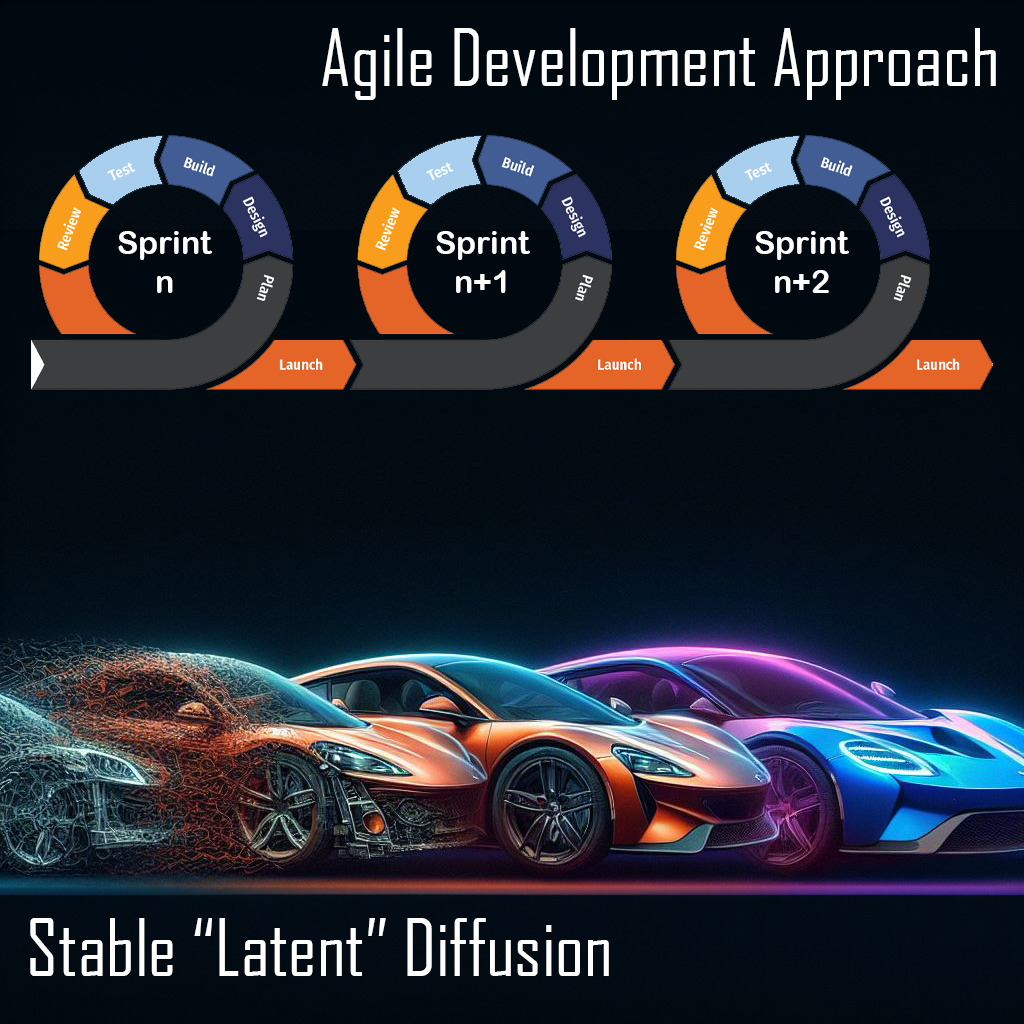One of the most important things for successful software delivery is effective collaboration among team members. Collaboration ensures that different stakeholders, including developers, testers, product managers, and other relevant parties, work together seamlessly throughout the software development life cycle. It involves open communication, shared goals, and coordinated efforts to deliver a high-quality software product on time.
Other crucial factors for successful software delivery include:
- Clear Requirements: A well-defined and understood set of requirements is essential for guiding the development process. Clear requirements help avoid misunderstandings and ensure that the delivered software meets user expectations.
- Agile Methodologies: Adopting agile methodologies, such as Scrum or Kanban, promotes iterative development, flexibility, and responsiveness to changing requirements. This allows teams to deliver incremental value and make adjustments based on feedback.
- Automation: Implementing automation for testing, deployment, and other repetitive tasks can significantly improve efficiency and reduce the risk of human errors. Automated testing, for example, helps ensure the reliability and quality of the software.
- Version Control: Utilizing version control systems, such as Git, is crucial for managing and tracking changes to the codebase. It facilitates collaboration among team members, helps in identifying issues, and enables the rollback to previous versions if necessary.
- Continuous Integration and Continuous Delivery (CI/CD): CI/CD practices streamline the development pipeline, allowing for frequent integration, testing, and deployment. This ensures that software is consistently in a deployable state, reducing the time it takes to bring new features to production.
- Quality Assurance: Incorporating effective testing strategies, including unit testing, integration testing, and user acceptance testing, is essential for identifying and resolving issues early in the development process. Quality assurance practices contribute to delivering a reliable and bug-free product.
- Customer Feedback: Regularly obtaining feedback from end-users and stakeholders helps align the software with user needs. Customer feedback is valuable for making improvements, prioritizing features, and ensuring customer satisfaction.
- Communication and Documentation: Transparent and effective communication within the team and with stakeholders is critical. Additionally, maintaining comprehensive documentation ensures that knowledge is shared, and future development efforts are well-informed.
Ultimately, the combination of these factors, along with a focus on collaboration and a customer-centric approach, contributes to the success of software delivery projects.



